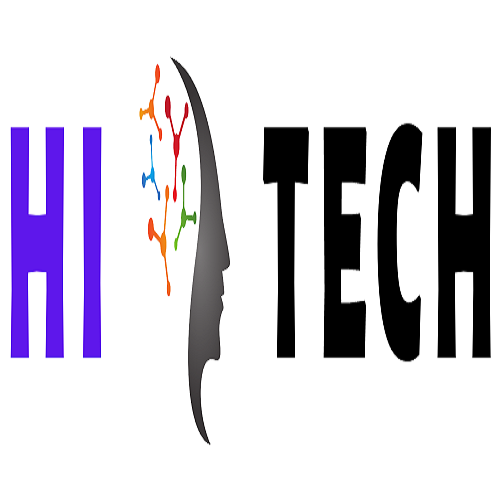OCR Technology:
In
today's digital age, the need for efficient and accurate document management
has become paramount. The abundance of paperwork, ranging from business
documents to personal records, can be overwhelming, time-consuming, and prone
to errors. However, Optical Character Recognition (OCR) technology has emerged
as a powerful solution to tackle these challenges. OCR technology has made
significant strides in recent years, transforming the way we handle documents,
streamline workflows, and improve productivity across various industries.
OCR
technology is a sophisticated tool that converts printed or handwritten text on
documents into machine-readable text that can be edited, searched, and
analyzed. It uses advanced algorithms and pattern recognition techniques to analyze
the text, font styles, and layout of a document, extracting the information and
converting it into a digital format. This digital format can then be processed,
indexed, and stored in databases, making it easily searchable and retrievable.
Applications of OCR Technology:
In Document Digitization:
One
of the key applications of OCR technology is in document digitization.
Traditional paper-based documents can be labor-intensive to manage, store, and
retrieve. However, with OCR technology, these documents can be scanned and
converted into searchable and editable digital files. This not only saves
physical space but also makes it easier to locate and retrieve information from
the documents, significantly improving efficiency and reducing manual errors.
In Artificial Intelligence:
OCR
technology also has a wide range of applications in the field of artificial
intelligence (AI) and machine learning. The accuracy and speed of OCR
algorithms make them ideal for training machine learning models to recognize
text in images or videos. This has applications in areas such as image
recognition, video surveillance, and autonomous vehicles, where text
recognition plays a crucial role in interpreting visual information and making
decisions.
Limitations of OCR Technology:
However,
like any technology, OCR also has its limitations. Handwritten text recognition
can be particularly challenging due to the variability in handwriting styles.
Additionally, OCR technology may face challenges in handling complex documents
with multiple languages, tables, and graphics.
Despite
these limitations, the potential of OCR technology is immense. As the
technology continues to advance, we can expect further improvements in
accuracy, speed, and versatility. This will open up new opportunities in
document management, data automation, accessibility, and AI applications,
transforming industries and driving innovation.
Types of OCR:
There
are different types of OCR, including conventional OCR, which is used for
printed text recognition, and intelligent character recognition (ICR), which is
used for handwritten text recognition. ICR is more complex and requires
advanced algorithms to recognize the variability in handwriting styles, making
it a challenging but rapidly advancing field of OCR.
Applications in Industries:
OCR
technology has found wide-ranging applications in various industries. In the
banking and financial sector, OCR is used for automated processing of checks,
invoices, and forms. In the healthcare industry, OCR is used for digitizing
patient records, processing insurance claims, and extracting data from medical
documents. In logistics and supply chain management, OCR is used for automating
data entry for shipping labels, tracking numbers, and delivery receipts. OCR is
also used in the legal, retail, and government sectors for document management,
compliance, and record-keeping purposes.
Multilingual OCR:
OCR
technology has advanced to support multiple languages, making it a valuable
tool for businesses operating in multilingual environments. OCR algorithms can
recognize and extract text from documents written in different languages,
including Latin-based scripts (such as English, Spanish, and French), non-Latin
scripts (such as Chinese, Japanese, and Arabic), and even mixed-language documents.
Advanced Features:
Modern
OCR technology often includes advanced features such as text recognition with
formatting preservation, table recognition, and even object recognition. These
features allow OCR software to not only extract plain text but also retain the
original formatting, such as font styles, colors, and sizes, making it more
useful for document editing and formatting purposes.
Accuracy and Confidence Levels:
OCR
accuracy is typically measured in terms of character recognition rates, which
can vary depending on the quality of the input document and the complexity of
the text being recognized. OCR software often provides confidence levels or
accuracy scores for each recognized character or word, indicating the level of
confidence the software has in its recognition result. Higher confidence levels
indicate higher accuracy.
Integration with Other Technologies:
OCR
technology is often integrated with other technologies such as document
management systems (DMS), robotic process automation (RPA), natural language
processing (NLP), and machine learning (ML) algorithms to further enhance its
capabilities. For example, OCR can be used to automatically sort and categorize
documents in a DMS, or to train ML models for image or video recognition tasks.
Privacy and Security Considerations:
OCR
technology raises privacy and security concerns as it involves scanning and
digitizing sensitive information from documents. It is important to ensure that
OCR software adheres to data privacy regulations and follows best practices for
data security, such as encryption, access controls, and data masking.
Conclusion:
In
conclusion, OCR technology has revolutionized the way we handle documents and
has become an indispensable tool in document management and beyond. Its ability
to accurately extract text from printed or handwritten documents and convert
them into digital formats has streamlined workflows, improved productivity,
enhanced accessibility, and enabled advancements in AI and machine learning. As
OCR technology continues to evolve, we can expect to see even more applications
and benefits in various industries, making it an essential tool for the digital
era.








0 Comments